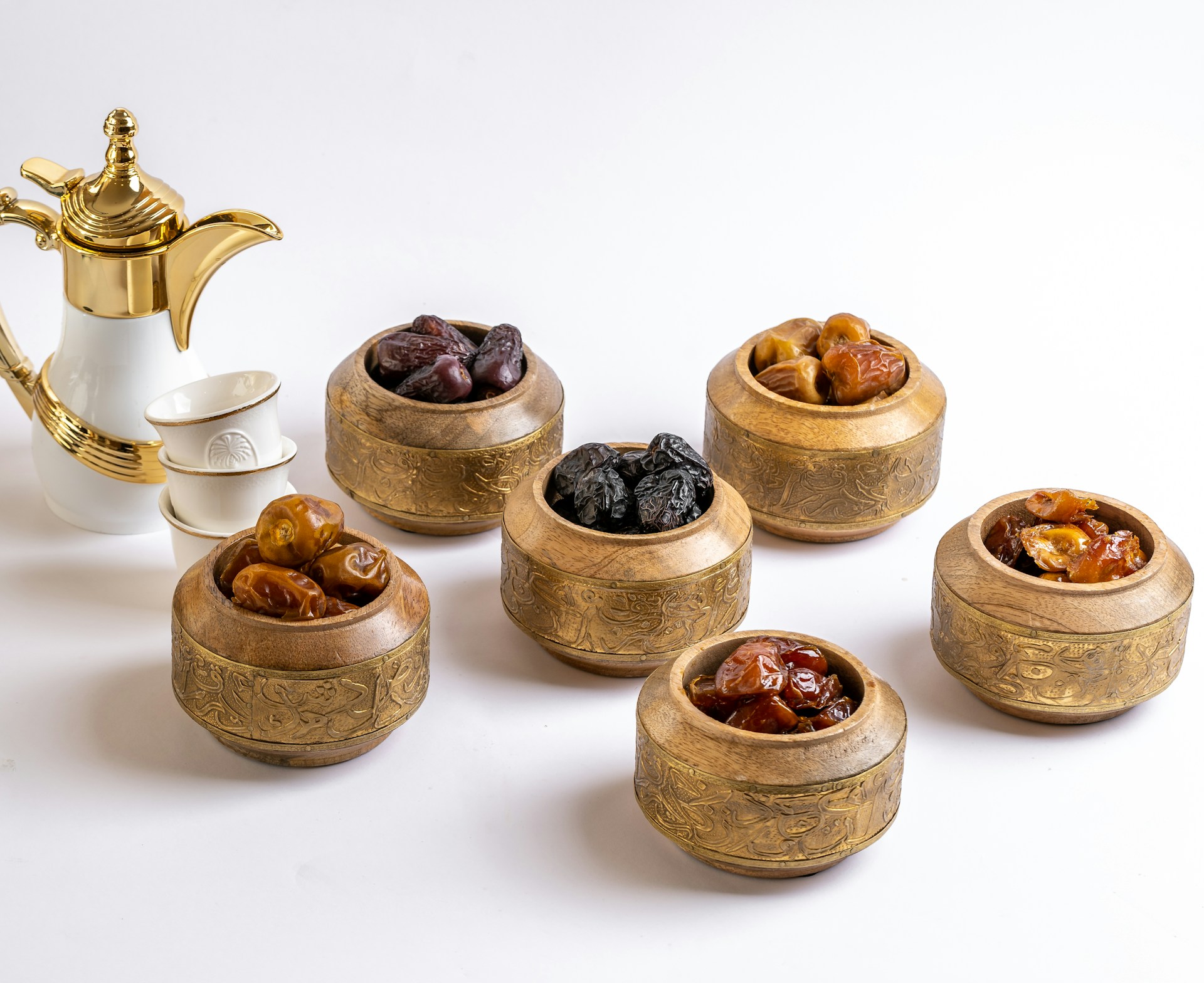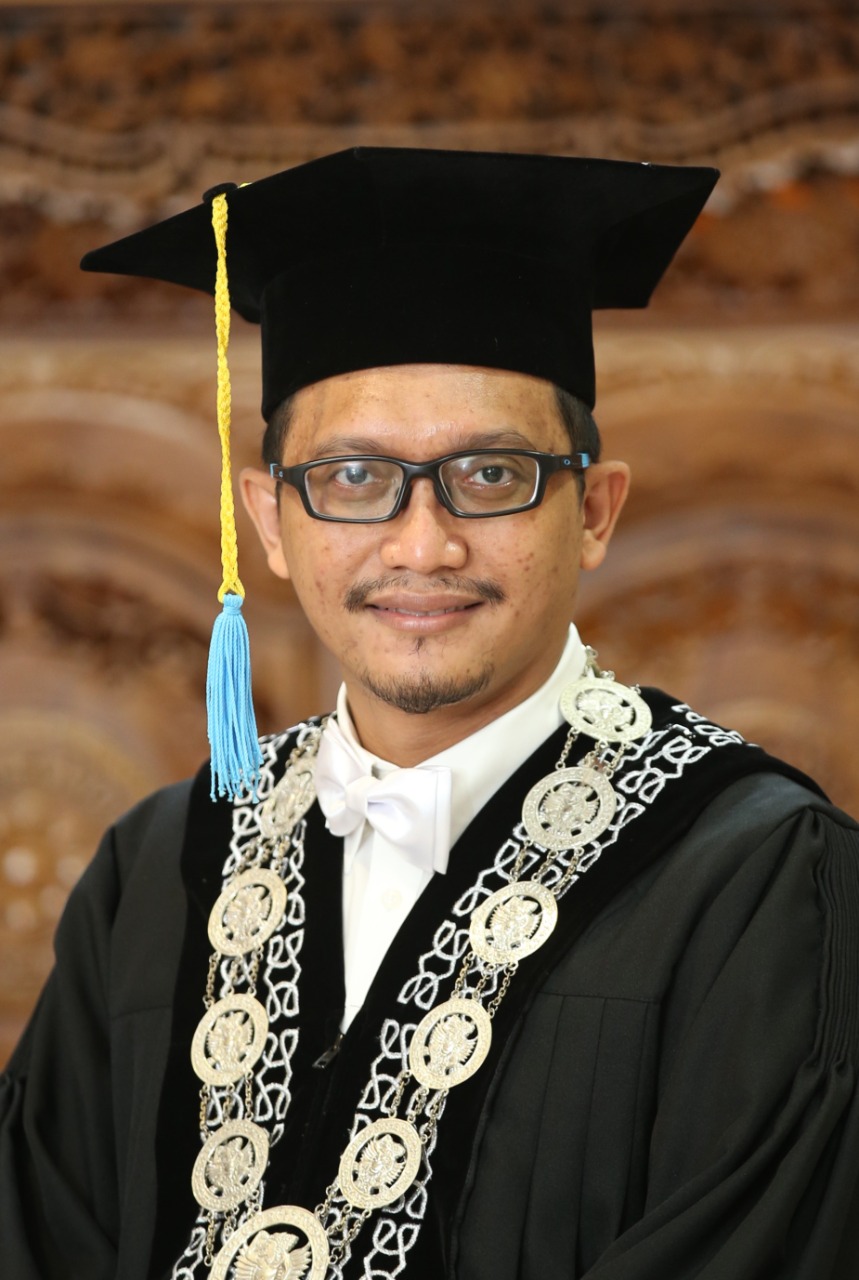Effect of Ajwa Date Fruit (Phoenix dactylifera) Methanol Extract on Blood Glucose Levels in Mice with Diabetes Mellitus

Downloads
Highlights:
The widespread incidence of DM leads to costly treatments and often results in undesirable side effects.
The widespread incidence of DM leads to costly treatments and often results in undesirable side effects.
- Methanol extract of Ajwa date fruit can effectively lower blood glucose levels in diabetic mice at specific optimal doses.
Abstract
Introduction: High diabetes mellitus (DM) cases result in costly medical expenses. Ajwa date fruit contains triterpenoids, carbohydrates, and flavonoids believed to lower blood glucose, which requires research validation using methanol extract on streptozotocin (STZ)-induced mice. This study aimed to determine the effect of methanol extract of Ajwa dates with several dose levels, namely 3 g/WB, 5 g/WB, and 7 g/WB, given orally to mice induced by STZ.
Methods: This study utilized a randomized pre- and post-test control group design to assess Ajwa date fruit methanol extract effects on blood glucose in Swiss-Webster mice (Mus musculus). The mice were divided into four groups: Group K (6 mice without date extract intervention), P1 (6 mice with 3 g/WB/day oral dose date extract intervention), P2 (7 mice with 5 g/WB/day oral dose date extract intervention), and P3 (7 mice with 7 g/WB/day oral dose date extract intervention) and were induced with 100 mg/WB streptozotocin. Administered daily for three weeks, Ajwa dates fruit extract showed varying impacts. Weekly blood glucose measurements and analysis of variance (ANOVA) in the International Business Machines Corporation (IBM) Statistical Package for the Social Sciences (SPSS) version 27.0 disclosed significant group differences, with a p<0.05 considered statistically significant.
Results: Post-test blood glucose measurements in the third week showed a significant difference (p=0.017), with an optimal reduction in P3 (7 mice with 7 g/WB/day oral dose date extract intervention).
Conclusion: In the third week, Ajwa dates fruit extract, at an optimal 7 g/WB dose, effectively reduced blood glucose levels via flavonoid hypoglycemic mechanisms.
Utami P, Fuad K. Gambaran Kadar Hemoglobin pada Penderita Diabetes Melitus Komplikasi Ginjal. J Kesehat Perintis; 5. 29 June 2018. [Journal]
Redaction Team (Tim Redaksi). Kualitas Hidup Penderita Diabetes Mellitus di Rumah Sakit Umum Daerah Cianjur. Maj Keperawatan Unpad 2008; 10: 220064. [Journal]
Holt RIG, Hanley NA. Essential Endocrinology and Diabetes. 6th ed. Wiley, (2011). [Book]
World Health Organization (WHO). Diabetes. Geneva, (2023). [Website]
International Diabetes Federation (IDF). IDF Diabetes Atlas. Brussels, (2021). [Website]
Prasetyo A. Tatalaksana Diabetes Melitus pada Pasien Geriatri. Cermin Dunia Kedokt 2019; 46: 420–422. [Journal]
Putra R, Achmad A, Rachma H. Kejadian Efek Samping Potensial Terapi Obat Anti Diabetes pada Pasien Diabetes Melitus Berdasarkan Algoritme Naranjo. Pharm J Indones 2017; 2: 45–50. [Journal]
Abdillah M, Nazilah N, Agustina E. Identifikasi Senyawa Aktif dalam Ekstrak Metanol Daging Buah Kurma Jenis Ajwa (Phoenix dactylvera L.). In: Prosiding Seminar Nasional III. Malang, 2017, pp. 69–74. [ResearchGate]
Ajie RB. White Dragon Fruit (Hylocereus undatus) Potential as Diabetes Mellitus Treatment. J Major 2015; 4: 69–72. [Journal]
Kilanowska A, Ziółkowska A. Role of Phosphodiesterase in the Biology and Pathology of Diabetes. International Journal of Molecular Sciences; 21. 2020. [PubMed]
Bender DA, Mayes PA. Gluconeogenesis & the Control of Blood Glucose. In: Rodwell VW, Bender DA, Botham KM, et al. (eds) Harper’s Illustrated Biochemistry, 31e. New York, NY: McGraw-Hill Education, (2018). [Book]
Prawitasari DS. Diabetes Melitus dan Antioksidan. Keluwih J Kesehat dan Kedokt 2019; 1: 47–51. [Journal]
Febrianti A. Pengaruh Pemberian Berbagai Dosis Ekstrak Daging Buah Kurma Ajwa (Phoenix dactylifera) terhadap Kadar Glukosa Darah Mencit (Mus musculus) Bunting. Universitas Islam Negeri Sunan Ampel Surabaya, (2018). [Website]
Nie NH, Bent DH, Hull CH. Statistical Package for the Social Sciences (SPSS), (2019). [Website]
Rahmad D. Uji Aktivitas Antiplasmodium Ekstrak Daun Sungkai (Peronema canescens) terhadap Mencit Jantan (Mus musculus) serta Implementasinya sebagai LKS pada Materi Protista. Univ Bengkulu. [Website]
Srinivasan K, Viswanad B, Asrat L, et al. Combination of High-Fat Diet-Fed and Low-Dose Streptozotocin-Treated Rat: A Model for Type 2 Diabetes and Pharmacological Screening. Pharmacol Res 2005; 52: 313–320. [PubMed]
Helmi H, Yulianti E, Malihah E, et al. Kapasitas Antioksidan dan Toksisitas Acaiberry (Euterpe oleracea), Ciplukan (Physalis angulata) dan Kurma Ajwa (Phoenix dactylifera). J Muara Sains, Teknol Kedokt dan Ilmu Kesehat 2021; 5: 361. [Journal]
Bandeira S de M, Guedes G da S, Fonseca LJS da, et al. Characterization of Blood Oxidative Stress in Type 2 Diabetes Mellitus Patients: Increase in Lipid Peroxidation and SOD Activity. Oxid Med Cell Longev 2012; 2012: 819310. [PubMed]
Rahman K. Studies on Free Radicals, Antioxidants, and Co-Factors. Clin Interv Aging 2007; 2: 219–236. [PubMed]
Dhalla NS, Elmoselhi AB, Hata T, et al. Status of Myocardial Antioxidants in Ischemia–Reperfusion Injury. Cardiovasc Res 2000; 47: 446–456. [PubMed]
Lee MS, Chyau CC, Wang CP, et al. Flavonoids Identification and Pancreatic Beta-Cell Protective Effect of Lotus Seedpod. Antioxidants; 9. 2020. [PubMed]
Al-Ishaq RK, Abotaleb M, Kubatka P, et al. Flavonoids and Their Anti-Diabetic Effects: Cellular Mechanisms and Effects to Improve Blood Sugar Levels. Biomolecules; 9. 2019. [PubMed]
Hossain MK, Dayem AA, Han J, et al. Molecular Mechanisms of the Anti-Obesity and Anti-Diabetic Properties of Flavonoids. International Journal of Molecular Sciences; 17. 2016. [PubMed]
Copyright (c) 2024 Anggita Annisa Wahyu Dewanti, Joni Susanto, Dwi Apriliawati, Tri Hartini Yuliawati

This work is licensed under a Creative Commons Attribution-ShareAlike 4.0 International License.
1. The journal allows the author to hold the copyright of the article without restrictions.
2. The journal allows the author(s) to retain publishing rights without restrictions
3. The formal legal aspect of journal publication accessibility refers to Creative Commons Atribution-Share Alike 4.0 (CC BY-SA).




























